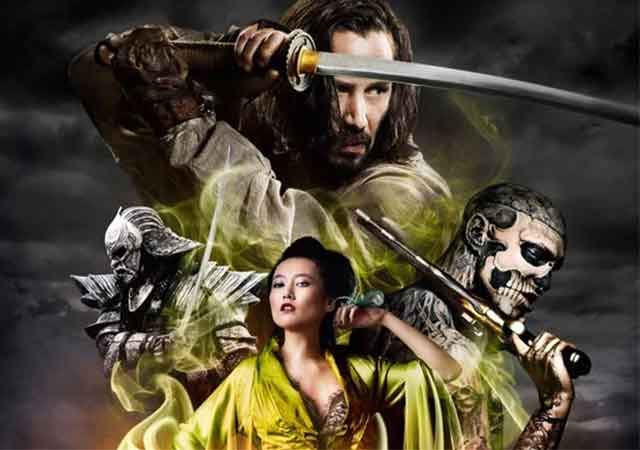
“47 Ronin”, the film featuring Keanu Reeves, went on to screen on December 6, 2013. The film is based on an ancient Japanese legend, a pretty story about 47 samurai whose master was killed by deceit. Having no master and no means of support, the samurai became ronin and were suspended from their positions. However, they kept being valiant warriors and swore to avenge the conspirators for that they have killed their master.
Lord Asano finds a boy named Kai in the woods; the boy’s body was covered with scars. He let the child live with him. A few years later, people find out that there is a dangerous monster living in the forest. The lord decides to defeat the formidable creature. He goes hunting with his samurai. The monster attacks one of the warriors, Oishi, but Kai rescues the samurai. The lord believes that it was his warrior who slaughtered the monster. But Oishi knows who the real hero is.
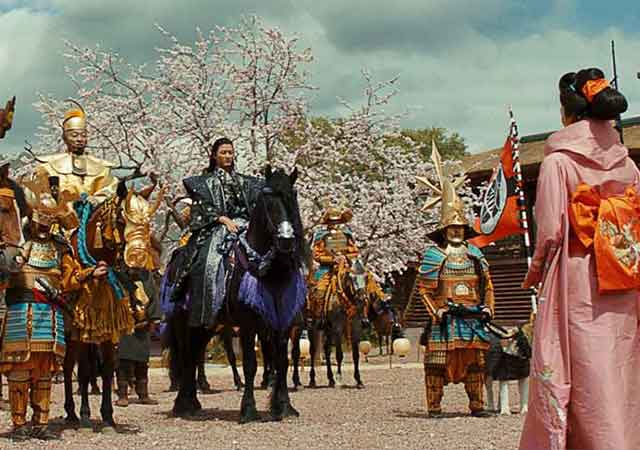
Lord Kira is taken with the idea of capturing Asano’s lands. He comes to Asano with the shogun, in whose honor the samurai has to fight in the ceremonial fight. Lord Asano was to take part in the battles as the best samurai. But he had a spell cast on him at that time, so Asano was unable to fight. Instead, Kai puts on the armor so as not to embarrass his master. During the battle, the opponent defeats Kai and knocks his helmet down. The shogun was angry that he was being deceived and commanded to kill the liar. But Asano’s daughter, Mika, covers Kai with herself.
At night, a witch enters Lord Asano’s place and casts a spell on him. Since then, Asano saw monsters everywhere and attacked Lord Kira. The shogun got furious for violating the hospitality and commanded to kill Asano. All his samurai were then renamed ronin and forbidden to avenge their master on pain of death. All of Asano’s lands became Kira’s, and he immediately drives out the former samurai from there.
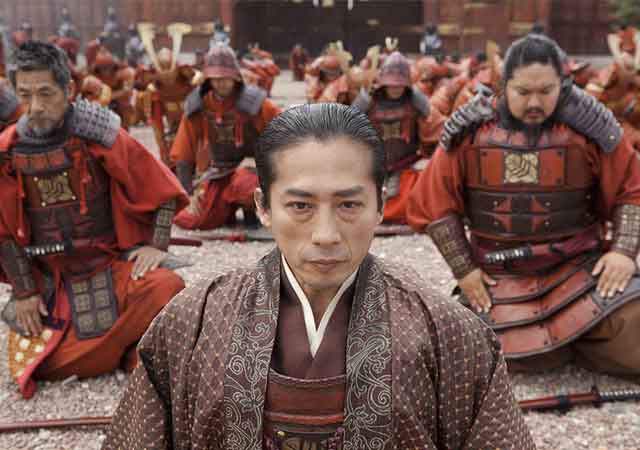
A year later, Oishi, who was kept in the cage, comes back and finds Kai on the Dutch ship. They gather the other ronin together and swear to avenge their master’s death. In order for no one can recognize them, the former samurai melted into the crowd becoming merchants and monks. While hiding, the 47 ronin begin to develop and prepare their audacious plan.
Even though the film shows the historical Japanese saga from the Hollywood perspective, it is all rich in Japanese culture. There are carefully selected clothes and music in the film, and even the gait of the Japanese was shown correctly. The lead role is played by famous actor Keanu Reeves, and “47 Ronin” became one of his favorite films as the actor adores all Japanese.
The fabular 47 ronin did exist in real life. Their graves have survived, and many Japanese come there to worship the symbols of samurai honor.
See also
-
Tatara Samurai
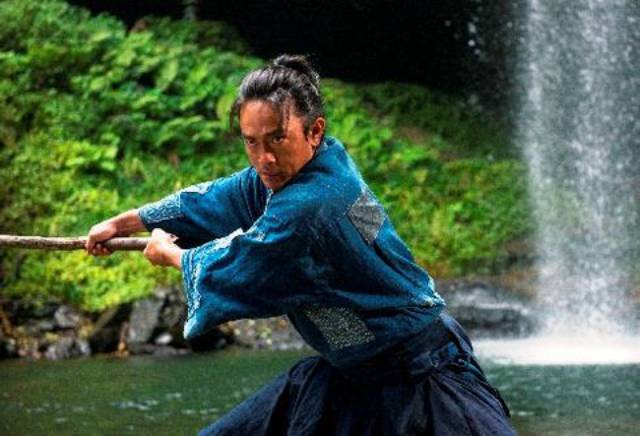
One day, bandits raid the quiet Tatara village, renowned for its steelworks and sword craftsmanship. Despite the arrival of samurai to protect the villagers, young Gosuke's mother is tragically killed while fleeing with him.
-
Samurai Fiction
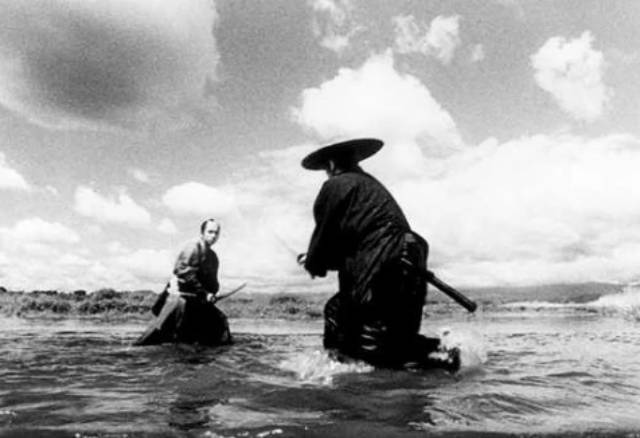
Samurai Fiction is a 1998 samurai-comedy film directed by Hiroyuki Nakano. The movie stands out for being filmed almost entirely in black-and-white, paying homage to classic jidaigeki samurai films. However, what sets it apart from its inspirations, including the works of Akira Kurosawa, is its modern twist, notably Tomoyasu Hotei's rock-and-roll soundtrack. A loose spinoff, Red Shadow, was released in 2001.
-
Rurouni Kenshin
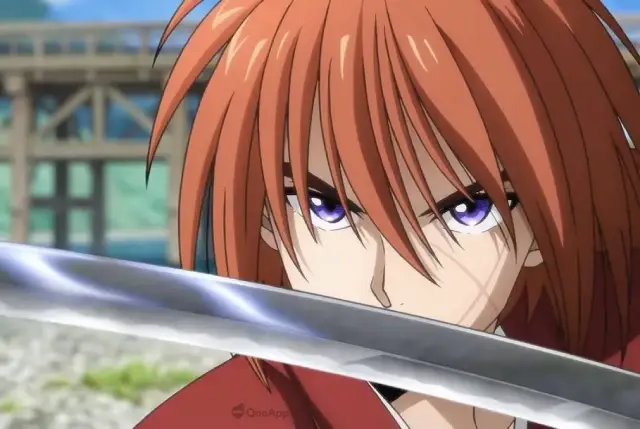
Rurouni Kenshin: Meiji Swordsman Romantic Story (Japanese: Hepburn: Rurōni Kenshin -Meiji Kenkaku Roman Tan-) is a Japanese manga series created by Nobuhiro Watsuki. Set in 1878, during the 11th year of the Meiji era in Japan, the story follows a former assassin known as Hitokiri Battosai. After his role in the turbulent Bakumatsu period, he adopts the identity of Himura Kenshin, a wandering swordsman who vows never to kill again. He dedicates his life to protecting the people of Japan. Watsuki crafted this series with the intent to create a unique shōnen manga, distinguishing it with a protagonist who is a former assassin and a narrative that becomes increasingly serious as it progresses.
-
Samurai Spy
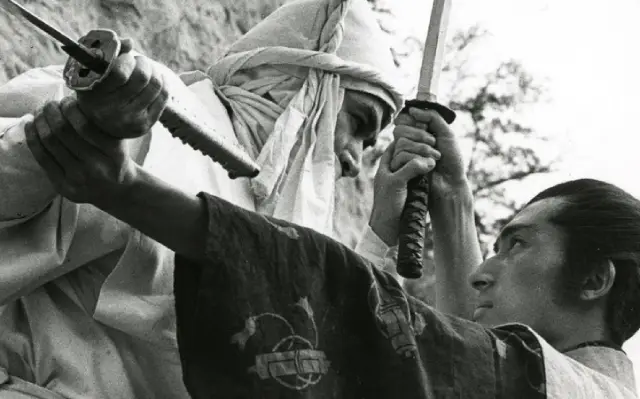
Samurai Spy (Ibun Sarutobi Sasuke), also known as Spy Hunter, is a 1965 film directed by Masahiro Shinoda, adapted from a novel by Koji Nakada. The film follows the legendary ninja Sasuke Sarutobi as he hunts the elusive spy Nojiri, while a shadowy figure named Sakon leads a group of men with their own designs on Nojiri. As the pursuit unfolds, the lines between allies and enemies blur, leaving everyone unsure of each other's true allegiance. Created during the height of the Cold War, the movie reflects the complexities and shifting loyalties of spies caught in the power struggles of their era.
-
Samurai III: Duel at Ganryu Island

Samurai III: Duel at Ganryu Island (Japanese: Hepburn: Miyamoto Musashi Kanketsuhen: Ketto Ganryūjima) is a 1956 Japanese film directed by Hiroshi Inagaki and starring Toshiro Mifune. Filmed in Eastmancolor, it serves as the concluding chapter of Inagaki's Samurai Trilogy.
-
Samurai Marathon
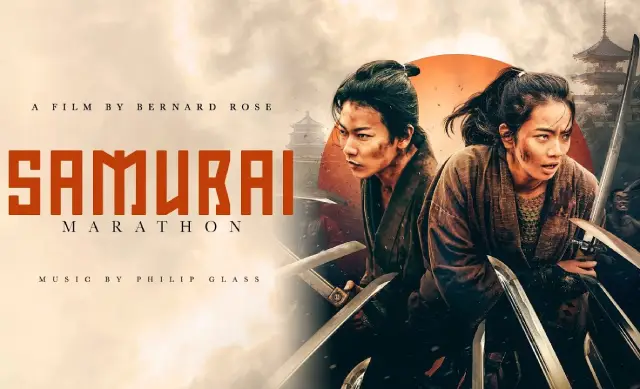
The producing team behind Takashi Miike's "13 Assassins," Jeremy Thomas and Toshiaki Nakazawa, reunite for another visually striking and action-packed samurai film. Based on a novel by Akihiro Dobashi, this film may not reach the same heights of relentless carnage or critical acclaim as its predecessor, but it still offers an exciting and occasionally humorous addition to the samurai genre, likely to resonate with festival audiences. This story of a literal running battle between rival samurai factions could see moderate success in theaters, though it may require more marketing effort without the ultra-violent appeal that made "13 Assassins" memorable.
-
Samurai II: Duel at Ichijoji Temple (1955)
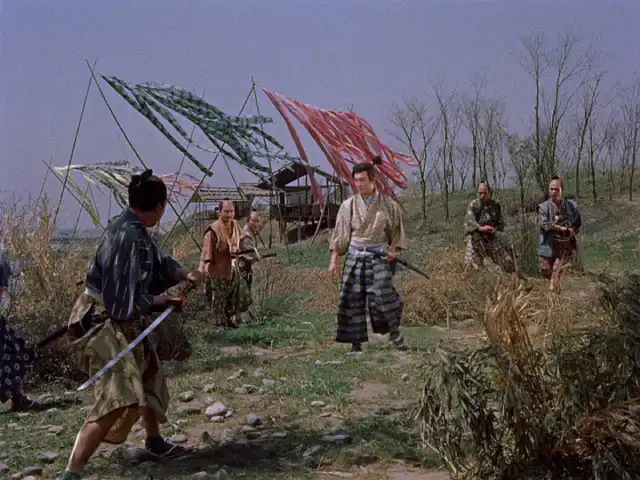
Duel at Ichijoji Temple (Hepburn: Zoku Miyamoto Musashi: Ichijōji no Kettō) is a 1955 Japanese film directed by Hiroshi Inagaki and starring Toshiro Mifune. Filmed in Eastmancolor, it is the second installment in Inagaki's Samurai Trilogy.
-
The Samurai I Loved (Semishigure)
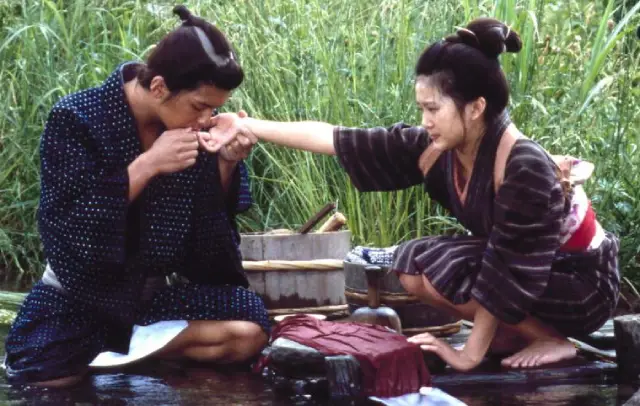
The costumes, settings, and script of The Samurai I Loved immediately transport samurai film enthusiasts back to the golden era of classic black-and-white samurai masterpieces.

